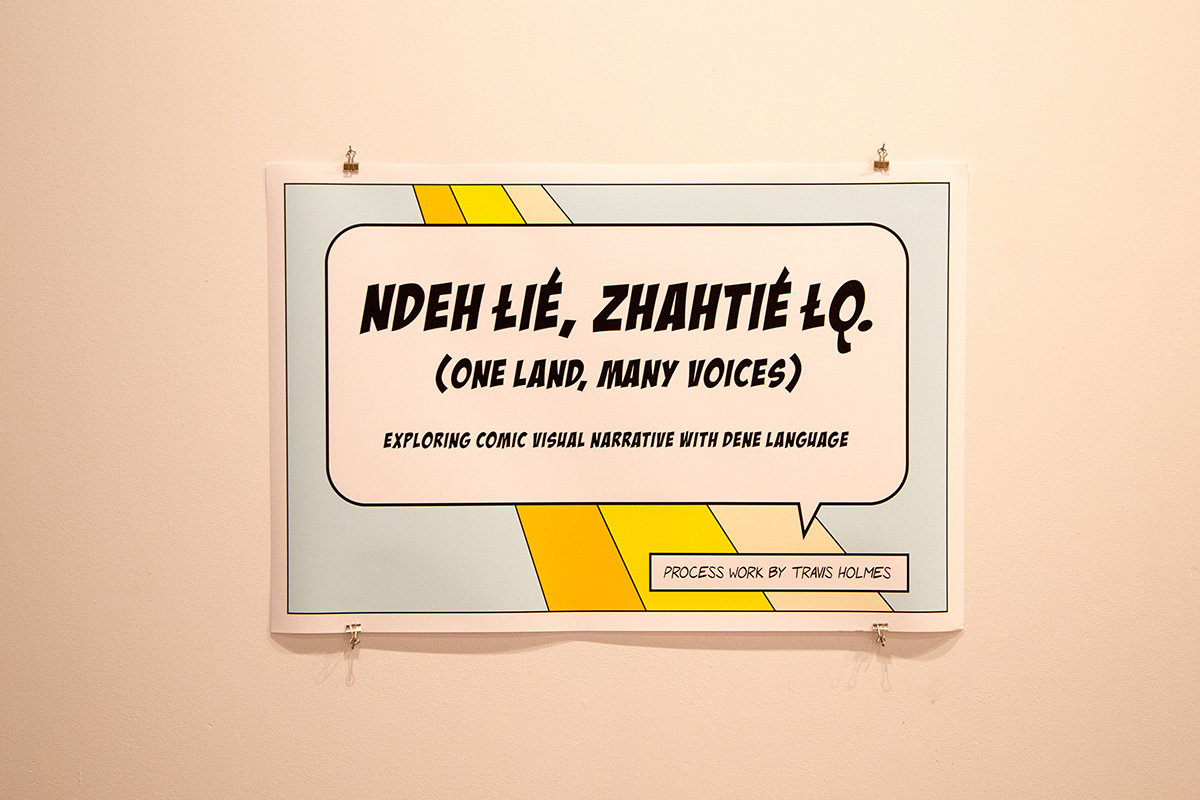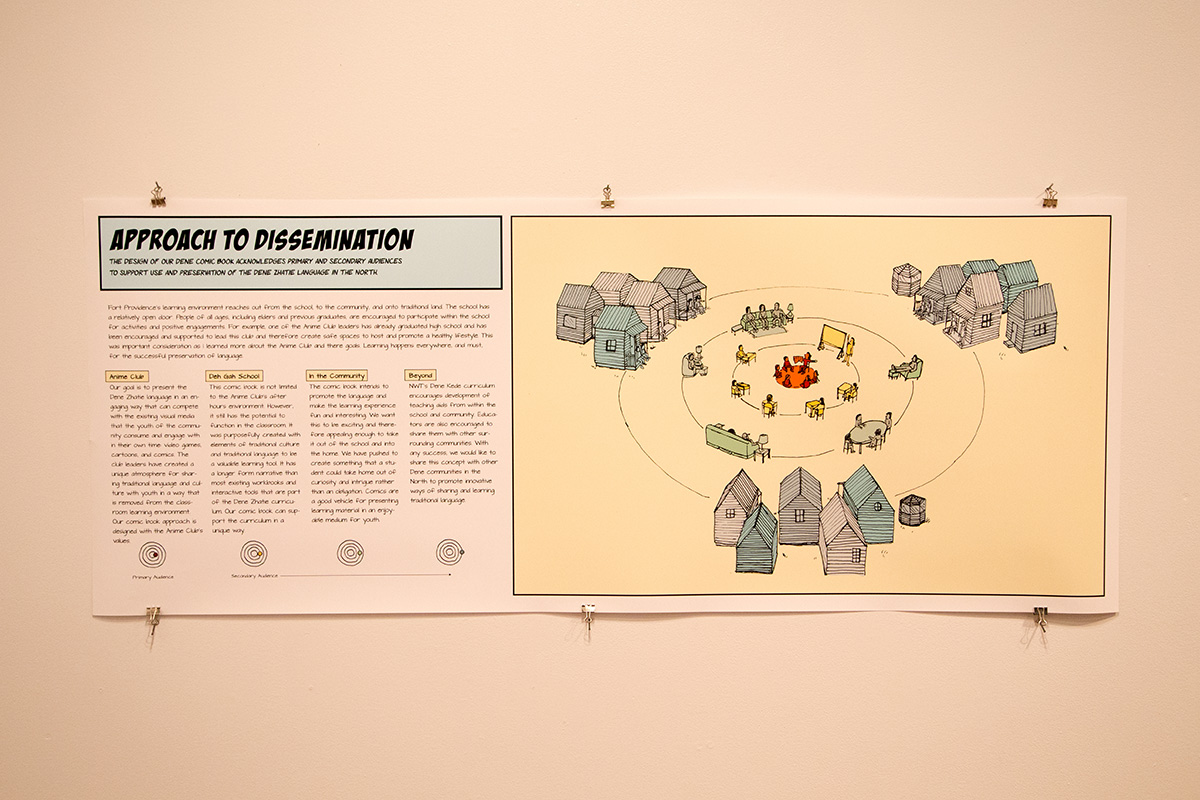Graduate Design Group Show presents the details of marginalized populations
 Joshua Storie
Joshua StorieWhat: Graduate Design Group Show: de tales
When: Now to October 22
(Tuesday to Friday: 10 am – 5 pm, Saturday: 2 pm – 5 pm, Closed: Sunday, Monday)
Where: Fine Arts Building (FAB) Gallery
Admission: Free
Visit the event page for more information
The finer details aren’t always the focus when considering marginalized groups, which is why the Masters students featured in the design show de tales have created works which express the stories of underrepresented groups.
“(The name) kind of means deconstructing the tales,” says Devaki Joshi, one of the visual presenters whose work is currently on display in de tales. “Each of us have a story component to our work, but it’s our processes of using those stories that are most different.”
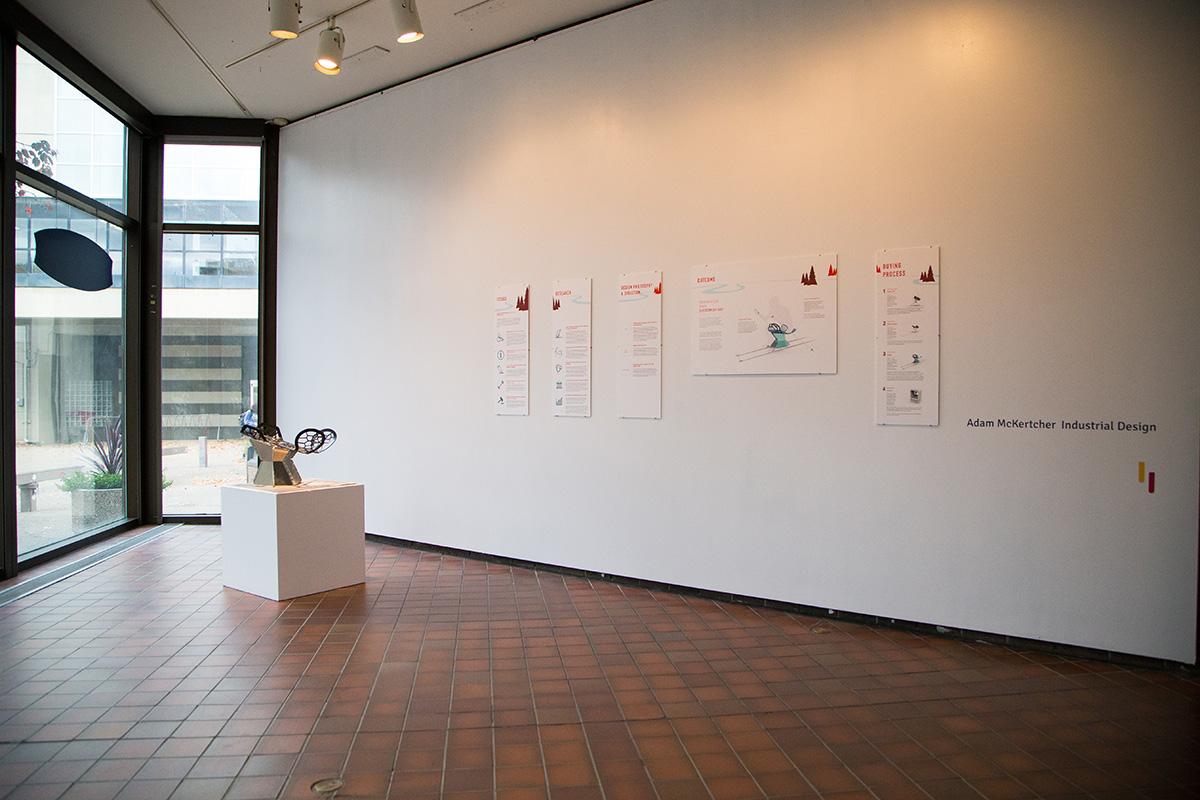
From now until October 22, three Masters of Design students are showcasing their thesis projects at the Graduate Design Group Show: de tales — the FAB Gallery’s first exhibition of the 2016-17 season. The show is split into two categories: Visual Communication Design, which features pieces from current students Joshi and Travis Holmes, and Industrial Design, with work from graduate Adam McKertcher.
Each presenter chose a unique, marginalized group to focus on; Joshi studied volunteers to gather data on improving the process of homeless count, McKertcher designed affordable and accessible cross-country skis for people who use wheelchairs, and Holmes is working alongside students from the Deh Gah School in Fort Providence, NWT, to create an educational comic book on the Deh Cho people’s language, Dene Zhatie. The theme of the show, “Designing Visual Narratives + Experiential Processes,” invites each project to incorporate both storytelling and usability elements to each project.
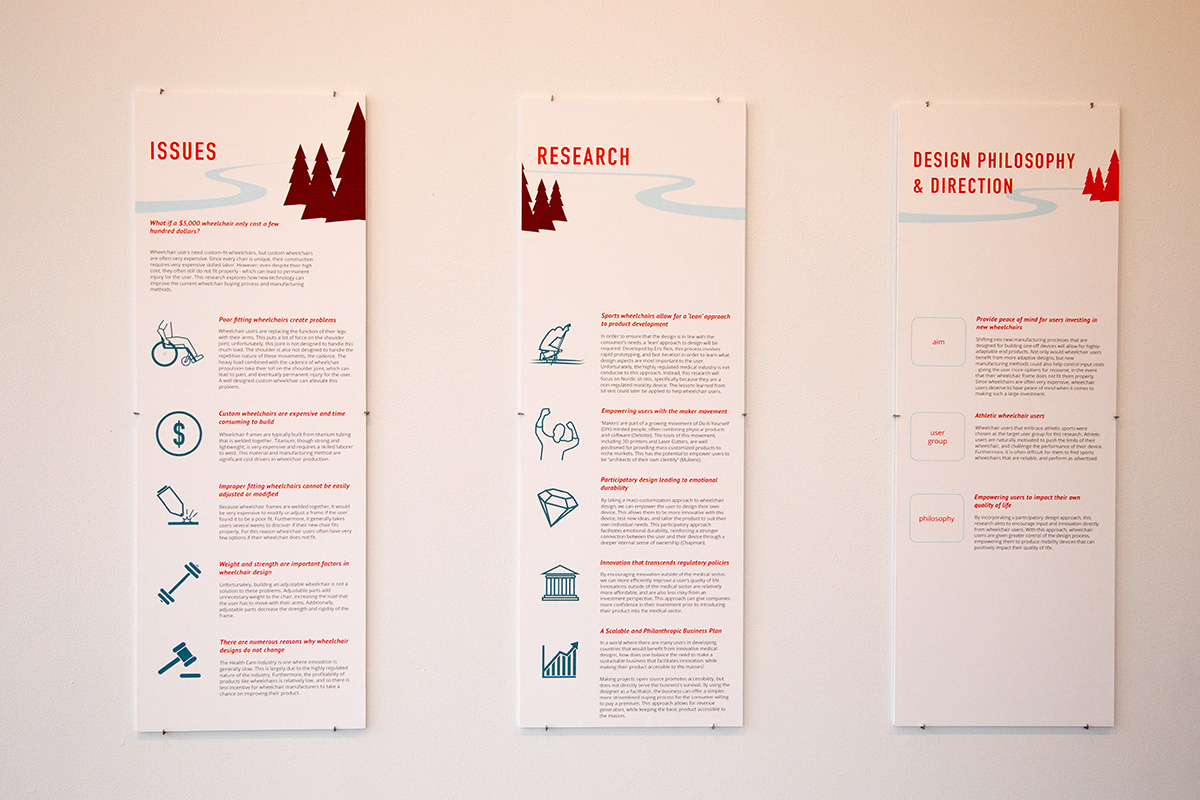
McKertcher’s design project — the Nordic “sit-ski” — is an example of the usability side of the projects. He explains his fixation with medical products manifested after a woman talked to his class about her experience using wheelchairs and how they are not as easily available as they should be. After she mentioned cross-country skiing as her favourite hobby, McKertcher felt inspired to create something that could be of aid to people in wheelchairs.
“Sports equipment exists in an area where you don’t have to deal with as much regulation,” he says. “So, as a designer, you can experiment a lot more on the innovation side of the equation.”
McKertcher plans on using skills earned in his business degree to bring this product to life and says that part of his research was ensuring the equipment would be accessible and affordable, as well as empowering for wheelchair users.
“Bringing (users) into the design process, and working with them to figure out what is essential to them and what is important to their experience is critical in the final design,” he says.
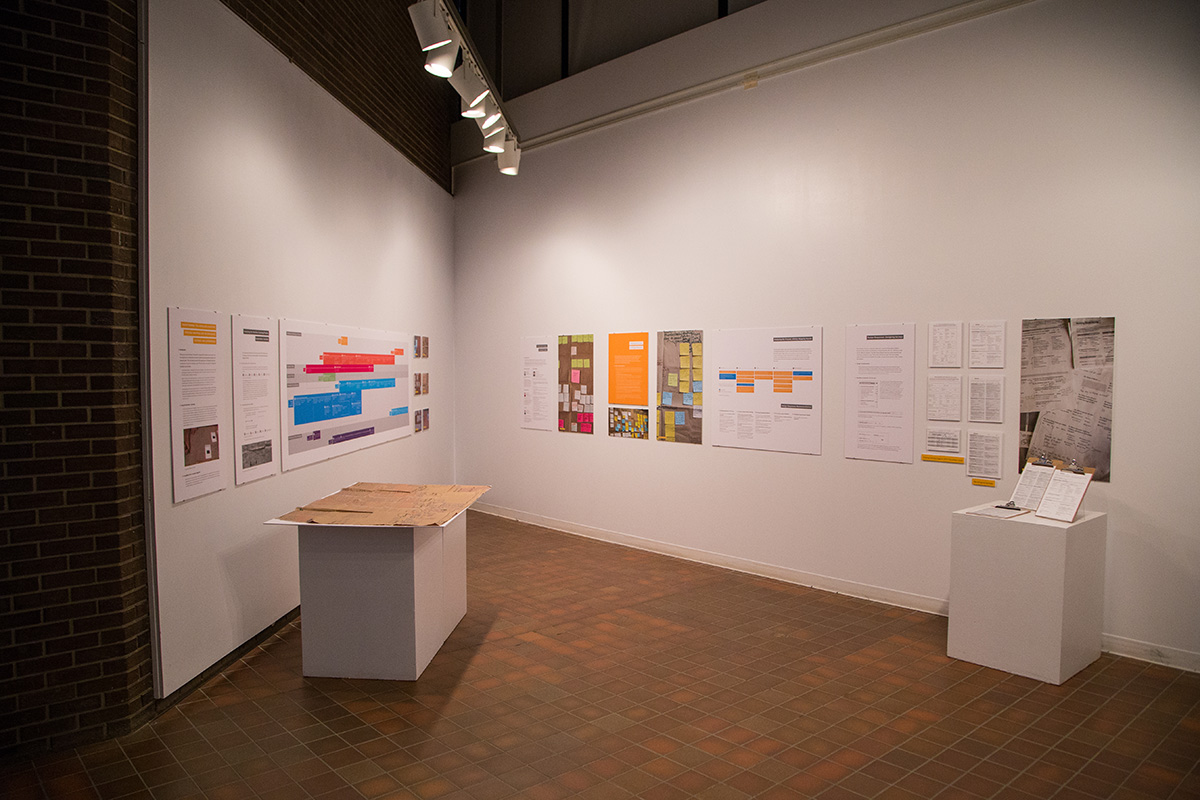
Joshi, one of the Visual Communications presenters in de tales, developed her work by examining the experiences of the volunteers and workers who survey the homeless population. She explains that she wishes to help reform modern tactics of the homeless count so that the homeless population can be examined more efficiently.
“I’m really interested in the service design and how that influences social innovation,” she says. “I come from India where there are a lot of homeless people, but unfortunately there is no support. The difference here is that there are services that will help them.”
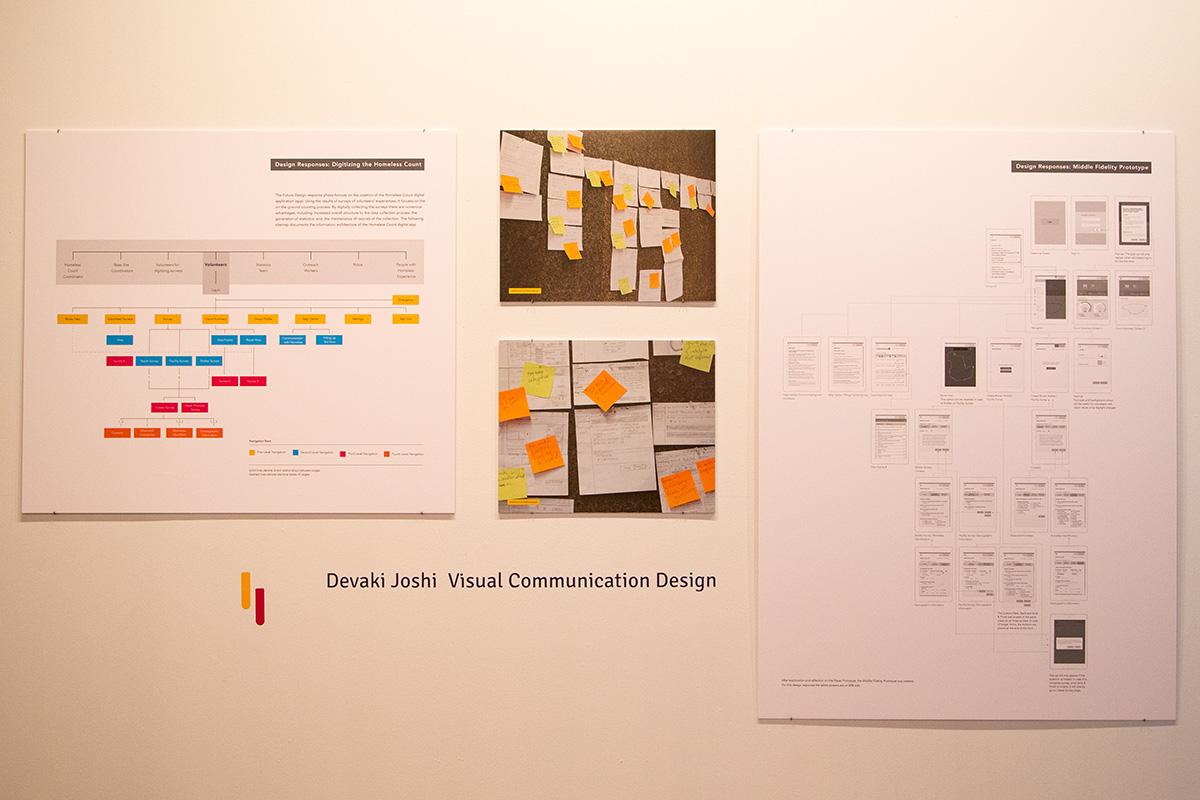
For the presenting students in de tales, their personal interactions with marginalized people inspired them to create projects that could make a difference in social, cultural, and medical contexts. But the projects are not exclusively for designers, artists, or people within marginalized groups; they are also a way to educate outside viewers on the narratives that exist within underrepresented populations.
“Empathy is a major part of the design project,” says Joshi. “Because, unless you empathize, you cannot begin to know the user’s experience.”
